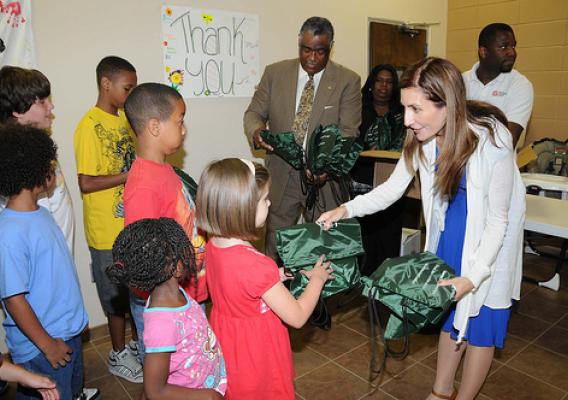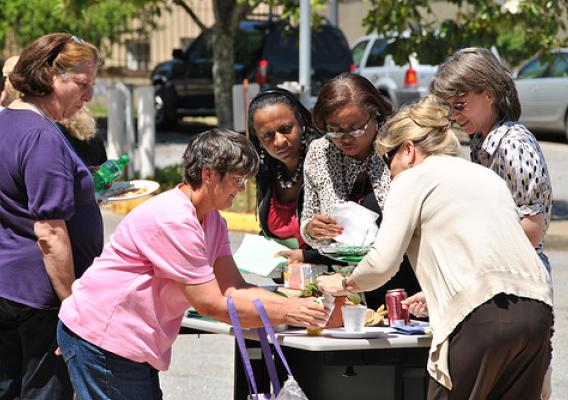I recently had the pleasure of visiting Wheat Street Gardens, a unique urban garden, located in the heart of downtown Atlanta, Ga., not far from the famous civil rights historical Ebenezer and Wheat Street churches. The garden was once a housing project that was demolished and many of the former residences’ families still come to the garden telling stories of where their parents used to live and reliving the memories as they purchase fresh fruits and vegetables grown in the garden. The old housing project land, owned by the Wheat Street Church, was donated for the garden.
Truly Living Well Center for Natural Urban Agriculture (TLW), which is a 501(C)(3) Non-Profit, runs the garden, which produces organic vegetables, fruits, and herbs, grown without the use of chemical fertilizers, pesticides, or herbicides. The garden is also a farmers market selling as a direct farmer to the community and welcomes customers who spend Supplemental Nutrition Assistance Program (SNAP) benefits.







